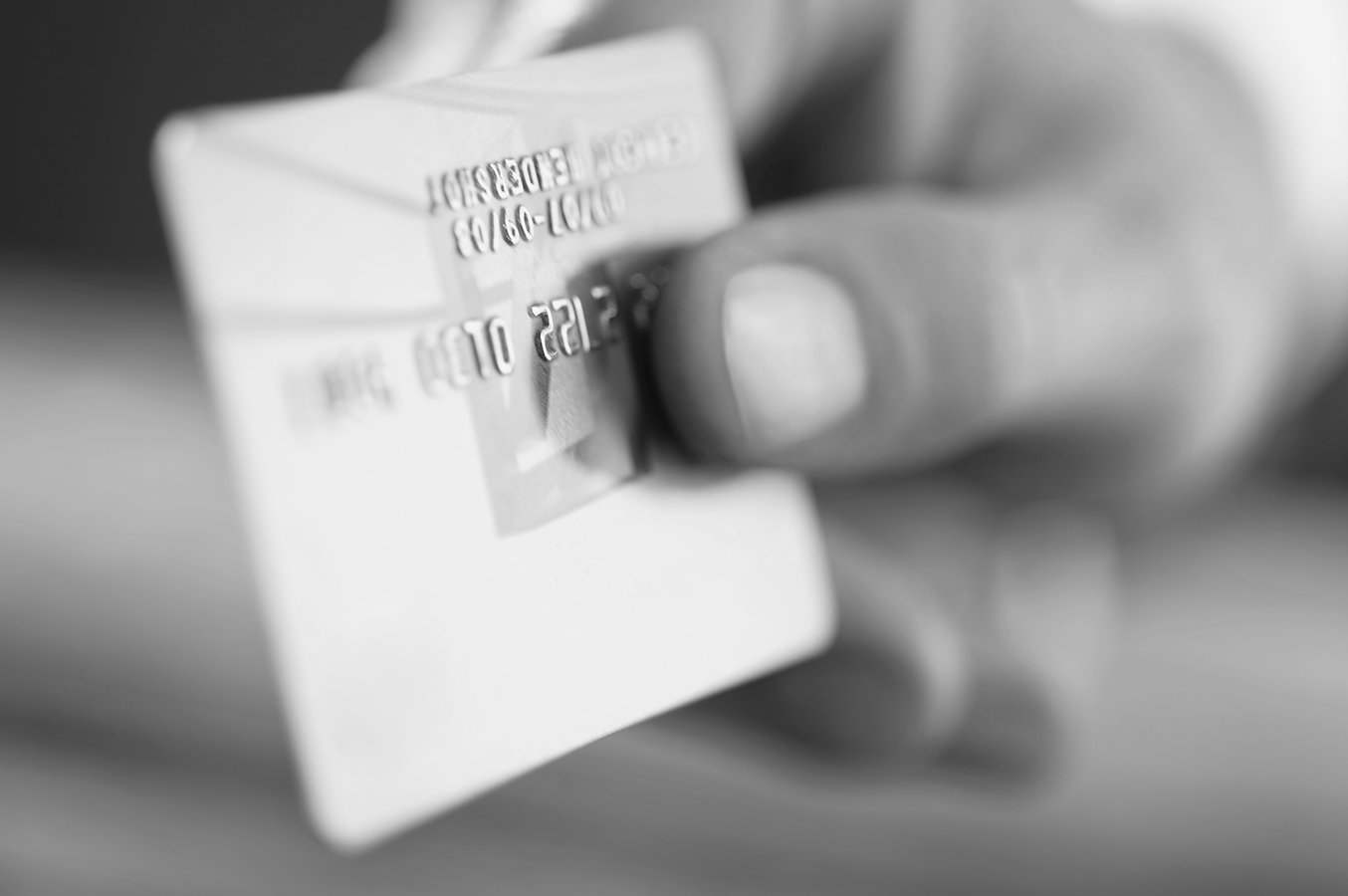“Inflation is always and everywhere a monetary phenomenon in the sense that it is and can be produced only by a more rapid increase in the quantity of money……….” -Milton Freidman, renown economist.
Inflation, most people know as increasing prices in the things we buy. The actual definition of inflation is a general increase in prices and a fall in the subsequent purchasing value of money. The fall in purchasing power leads to the increase in prices.
A simple example is to imagine a small town walled off from the rest of society. It has only so many groceries for sale and no more. Everyone has about $1,000 to spend so the bidding for groceries can only go so high as the amount of money in the economy. Prices rise as people need food and that rise in prices is called demand inflation. More demand equates to higher prices. Then imagine everyone finds another $1,000 buried in their basement. Now the bidding for groceries resumes fast and furious as everyone now has more money. Prices rise. That increase in prices was caused by the increase in the money supply allowing the bidding to go higher as everyone has more cash. That is what Freidman refers to as monetary inflation. More money in a system means higher prices.
That said, the crisis of 2008 was addressed by the government (the FED) by printing up about five trillion dollars and buying bad mortgages with that money (among other things).
Some analysts forecasted skyrocketing inflation as five trillion dollars was a lot of money back then (and still is). But inflation never skyrocketed. In fact, it was fairly benign in many items. Commodities for instance (the basic material things are made of) actually went down continually in the years that followed as measured by certain metrics (CNBC)
It begs the question: why, in the face of trillions of dollars going into the U.S. economy, did we not see the high inflation many predicted
For monetary inflation to occur, the money has to actually go to those spending it. You could say it has to go into the “system”, which is to say into the hands of consumers.
Imagine instead printing up ten trillion and then burying it in a hole. Since the money is not ‘in the system”, it just sits in the hole and is not spent. It’s like the money in our small town before it was found. It was there but not yet in the system until the townsfolk found it. Prices only rose after they started spending it.
In 2008, although copious amounts of money was created by the FED, for the most part it went into the banking and mortgage systems to buy bad mortgages (among other debt) and not into the hands of consumers.
There are two things the banking financial systems can do with money handed to it by the FED.
They could have loaned it out, but remember the call to “get the banks’ lending again”. Had they embarked on lending all that money out, it would have gone into the system (consumers) and that would have likely caused the expected inflation.
But most of the money was instead shuttled back to the FED in a mechanism called “excess reserves’. Simply put, the banks elected to park much of that money back to where it came from (the FED) as the FED pays interest on any money parked there.
For those doing the easy math, the FED gave them money for the bad loans to stabilize the banking system. The banking system in turn parked it back at the FED and got interest for it instead of loaning much of it out (Rollingstone.com) and therefore not incurring any risk.
As a result, most of the money never made it into the hands of consumers and therefore never made it into the system. Hence not much inflation.
Fast forward to Corona. The FED once again is creating trillions. In fact, it is on pace and forecasted to exceed the 2008 bailout. The difference here is much of that money is going into the hands of consumers in the form of a variety of well-known stimulus, unemployment and loan programs. The money will now go into the system.
Many argue, including this analyst, that this time is different. Much of that money will now be spent. That dear reader, means there will be an increase in the money supply, and that leads us back to the possibility of inflation in our future.
Freidman’s monetary inflation, the most aggressive kind, and with trillions feeding it, it has the possibility of being very severe.
This article expresses the opinions of Marc Cuniberti and should not be construed as individual investment advice. No one can predict market movements. Investing involves risk. You can lose money. Mr. Cuniberti is an investment advisor representative through Cambridge Investor Research Advisors Inc. a registered investment advisor. California insurance license 0L34249


